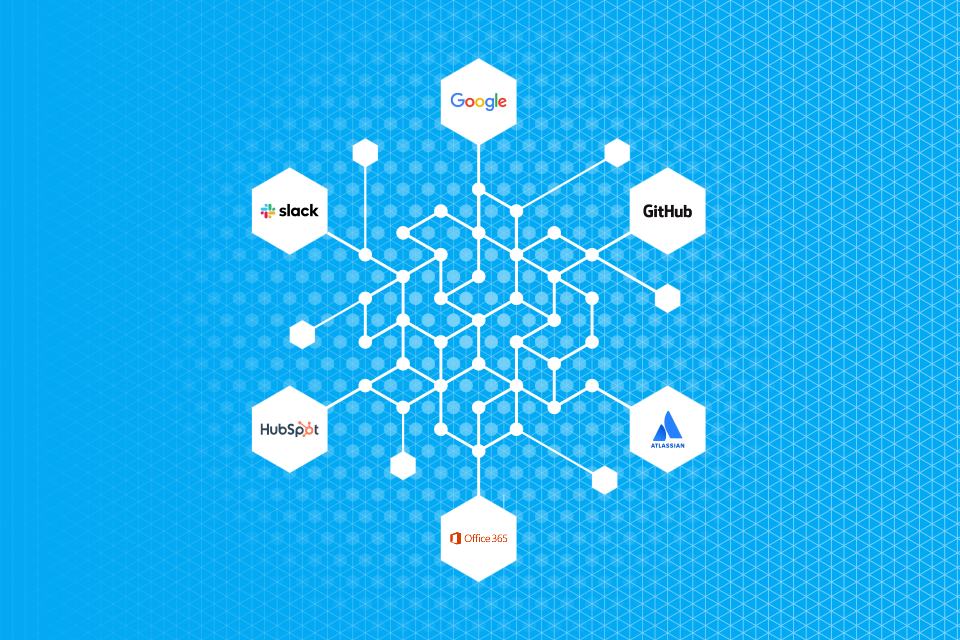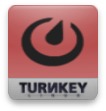
Overview
Slack Graph Exporter is the quickest and cheapest way to export Slack user and message data in RDF graph form. Unlike using other products on the market, you don't need to configure ETL pipelines or the output format -- we have modeled the RDF output for you using established vocabularies.
The graph output can be used to generate vector embeddings and then power a hybrid Retrieval Augmented Generation (RAG) applications such as enterprise vector search, customer 360 or sentiment analysis.
The RDF data is provided both as N-Quads files in an S3 bucket and loaded into an Amazon Neptune triplestore instance.
External dependencies
This product requires an internet connection to deploy properly. The following packages are downloaded on deployment:
- https://s3.amazonaws.com/com.atomgraph.octopus/s3-neptune-rdf-loader-1.0.1-SNAPSHOT.jar
- https://s3.amazonaws.com/com.atomgraph.octopus/slack-rdf-transformer-1.0.0-SNAPSHOT.jar
- https://s3.amazonaws.com/com.atomgraph.octopus/xslt-rdf-transform-1.0.1-SNAPSHOT.jar
These are lambda functions that transform data and load it into the Neptune instance.
IAM resources
The CloudFormation stack creates the following IAM resources:
- RDFBulkLoaderRole - for the Neptune loader lambda function
- BucketNotificationsHandler050a0587b7544547bf325f094a3db834Role - for S3 notifications
- RDFTransformerRole - for the data transformation lambda
- DeliveryStreamRole - for the Kinesis stream
- SlackExporterTaskRole - for ECS tasks
- SlackExporterExecutionRole - for ECS tasks
- SlackTaskRunnerTaskRole - for ECS tasks
- SlackTaskRunnerExecutionRole - for ECS tasks
- RDFBulkLoaderRoleDefaultPolicy - for Neptune loader lambda function
- BucketNotificationsHandler050a0587b7544547bf325f094a3db834RoleDefaultPolicy - for S3 notifications
- RDFTransformerRoleDefaultPolicy - for the data transformation lambda
- DeliveryStreamRoleDefaultPolicy - for the Kinesis stream
- SlackExporterTaskRoleDefaultPolicy - for ECS tasks
- SlackExporterExecutionRoleDefaultPolicy - for ECS tasks
- SlackTaskRunnerTaskRoleDefaultPolicy - for ECS tasks
- SlackTaskRunnerExecutionRoleDefaultPolicy - for ECS tasks
Highlights
- RDF Knowledge Graph output ready for use in RAG, vector search, analytics
- Super simple setup, no ETL pipeline configuration necessary
- Convenient pricing: monthly subscription requires minimal upfront commitment
Details
Introducing multi-product solutions
You can now purchase comprehensive solutions tailored to use cases and industries.

Features and programs
Financing for AWS Marketplace purchases

Pricing
- Monthly subscription
- $599.00/month
Vendor refund policy
We do not currently support refunds, but you can cancel at any time.
How can we make this page better?

Legal
Vendor terms and conditions
Content disclaimer
Delivery details
CloudFormation template
- Amazon ECS
Container image
Containers are lightweight, portable execution environments that wrap server application software in a filesystem that includes everything it needs to run. Container applications run on supported container runtimes and orchestration services, such as Amazon Elastic Container Service (Amazon ECS) or Amazon Elastic Kubernetes Service (Amazon EKS). Both eliminate the need for you to install and operate your own container orchestration software by managing and scheduling containers on a scalable cluster of virtual machines.
Version release notes
Initial version
Additional details
Usage instructions
Create the CloudFormation stack by clicking this link: https://console.aws.amazon.com/cloudformation/home#/stacks/quickcreate?templateURL=https://s3.amazonaws.com/com.atomgraph.octopus/OctopusStack.template.json&stackName=SlackGraphExporter®ion=us-east-1
Currently only the us-east-1 region is supported
Fill out the stack parameters in the form, such as the base URI for RDF data and the Slack authentication token (the token is only used during the export).
Once the stack creation is complete, go to the "Outputs" section of the stack. There you will find the URL of the Neptune SPARQL endpoint and the S3 bucket where the raw exported RDF quad files are stored.
See the Documentation link for further usage instructions.
No sensitive information saved, No data encryption configuration used, No cryptographic keys used, and application does not make use of any encryption techniques. Step-by-step instructions for how to assess and monitor the health and proper function of the application:
- Navigate to your Amazon EC2 console and verify that you're in the correct region.
- Choose Instance and select your launched instance.
- Select the server to display your metadata page and choose the Status checks tab at the bottom of the page to review if your status checks passed or failed.
Resources
Vendor resources
Support
Vendor support
Commercial support for this AWS-specific product is provided by AtomGraph. Contact us at aws@atomgraph.com .
AWS infrastructure support
AWS Support is a one-on-one, fast-response support channel that is staffed 24x7x365 with experienced and technical support engineers. The service helps customers of all sizes and technical abilities to successfully utilize the products and features provided by Amazon Web Services.
Similar products



